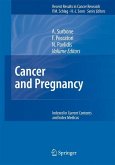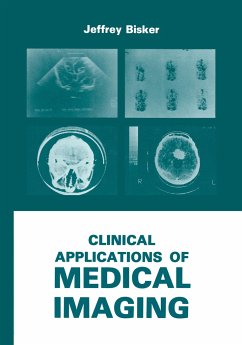Real-time ultrasonography has entered office practice in obstetrics and gynecology. With increasing numbers of sonography systems entering the ambulatory office setting, obstetric sonography at a routine level (level I) has largely been the targeted area. Recent developments in gynecologic real-time sonography have, however, significantly enlarged the sphere of applicability of sonographic equipment in an office setting. The very rapid growth of follicular sonography in infertility assessment and management has made real-time sonography of increasing importance to the gynecologic practitioner. In office settings like the authors', gynecologic office sonography represents close to 50% of all ordered sonography. This handbook of office sonography in obstetrics and gynecology was conceived to reflect these changes in practice patterns. This volume is not meant to replace standard sonography texts for the full-time sonographer but is instead directed toward the practicing obstetrician/gynecologist who uses real-time sonography in the office setting within the framework of daily practice. Technical comments were therefore restricted to a minimum, with practical advice and photographic examples taking their place. Most of the sonographic real-time images were retrieved from the authors' own files. However, some were obtained through the generosity of friends and colleagues, for which we would like to extend acknowledgment and appreciation. Similar appreciation is extended to Dr. Haim Elrad and Dr. Jari Friberg, who also participated in the editorial process; to Sheila Martin, who performed superbly as our editorial assistant, a most difficult responsibility; and to Hilary Evans, our editor at Plenum Publishing Corporation.








